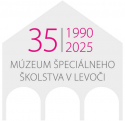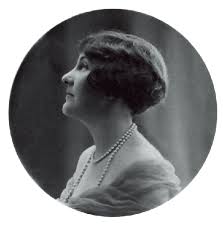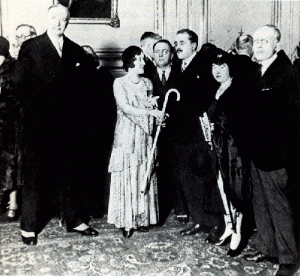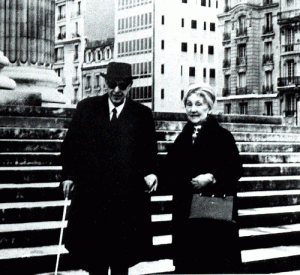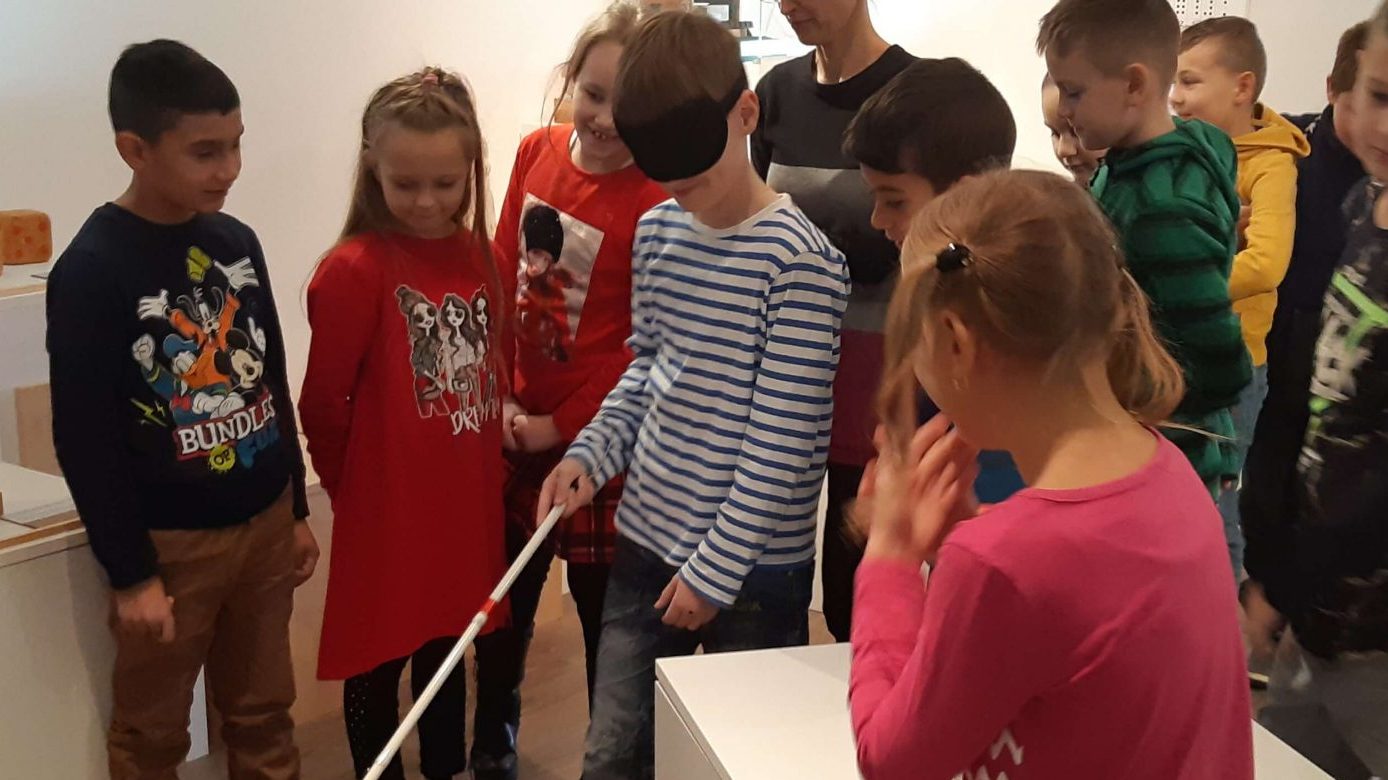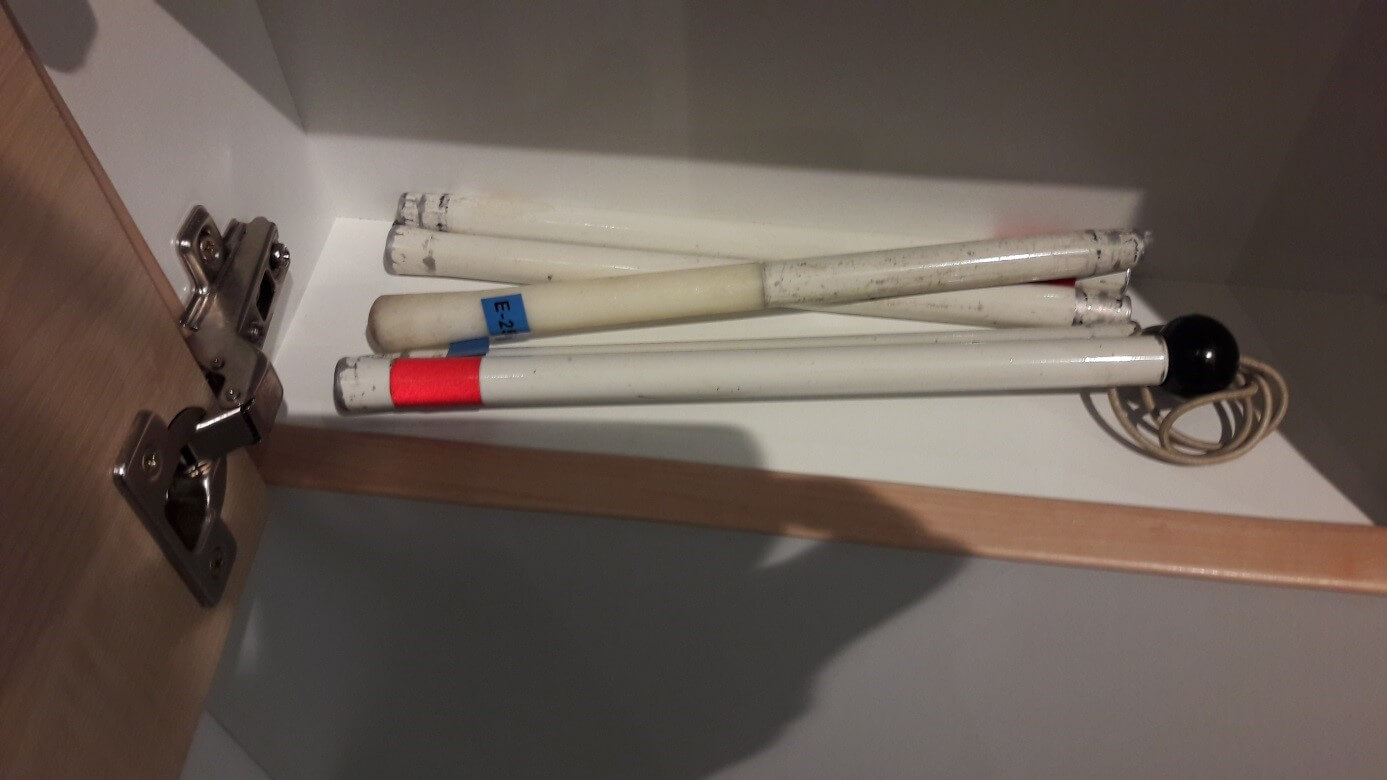The French Guilly d´Herbemont (1888-1980) proposed that the blind use a white cane to guide them. Her proposal was put into practice in 1931 and gradually spread throughout Europe.
October 15 became the International Day on the recommendation of the General Assembly of the World Union of the Blind in Cairo (since 1964). Since then, the white cane has been a characteristic symbol of the blind in traffic.
And how was it before the white cane has been created?
Guilly d’Herbemont occasionally accompanied the blind through Paris crossroads. It led her to the idea of using a white cane as a characteristic symbol of the blind in traffic. A similar white stick was used by police to control traffic in Paris. At her instigation, the daily Echo de Paris published a statement in November 1930 to equip the blind with white canes. The authorities understood the call, and already January 7 of the following year, the Parisian blind received the first white canes. The white cane had spread to many countries within a few years. The World Blind Union recommended it to governments as the official symbol of the blind. At present, the white cane is a basic and the most important aid in the orientation and independent movement of the blind and partially sighted, and at the same time, it serves to mark them when moving on public roads. The white cane is also mentioned in the traffic decree as a symbol, which all road users are obliged to respect.
At present, the white cane is a basic and the most important aid in the orientation and independent movement of the blind and partially sighted, and at the same time, it serves to mark them when moving on public roads.
One of the many exhibits in our museum is an orientation, white, 5-piece cane, highlighted in the upper and lower part by a reflective strip. The first part of the cane name determines the cane’s purpose. They are divided into orientational, signaling, and supportive canes. You will learn more about the white cane during a tour of our interactive exhibition. You can even try the way how to use a white cane.
Prepared by: Štefánia Petreková
Sources:
-archive of the Museum of Special Education in Levoča
-http: //dherbemont.free.fr/en/pictures/
